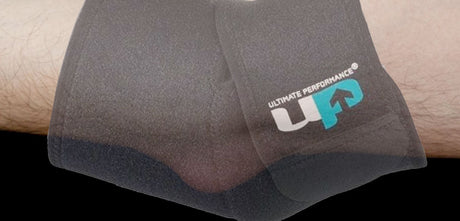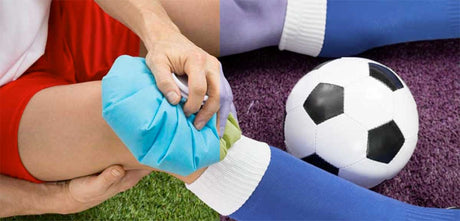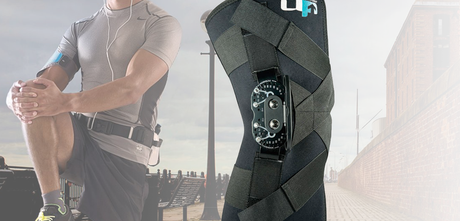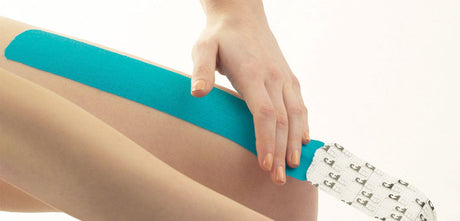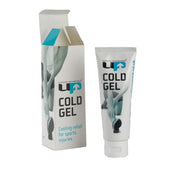The best insoles for running depend on your foot type and how you run. Most runners are either overpronators, supinators or have neutral feet.

Overpronators
Overpronators have feet that roll in or flatten as you run. In effect, your foot arch collapses as you put weight on it. This often results in increased risk of injury and at best your running gait is inefficient.
Therefore, if you overpronate, wearing the right running insoles in your shoes helps recover from and prevent injury as well as improve performance.
The Ultimate Performance F3D Support+ Insoles is designed for runners who overpronate. It provides maximum support with a full 3mm of cushioning.
Supinators
Supinators (or over-supinators) have feet that roll out. If you over-supinate then you will most likely have a rigid, high arched foot. Your foot, instead of rolling in naturally, tends to roll out for longer, rolling in at the very last moment.
As a result, your foot does not provide as good natural cushioning and shock absorption like a neutral runner. This also sometimes leads to overuse injuries.
The Ultimate Performance F3D Cushion+ insole for running has the maximum cushioning with support for those with medium or high arched feet.
Neutral runners
These lucky people have naturally great feet for running. Their gait is a perfect heel strike with weight transfer over the foot, which rolls in absorbing impact. However, neutral runners may also benefit from the comfort and support of a good arch support insole.
Lets face it, the human body has not evolved to walk on hard surfaces. It works best walking over softer ground where you can leave a footprint. Walking on hard surfaces means your arch has to do more work to support your foot.
The Ultimate Performance F3D Neutral Insole provides the right amount of support and cushioning for neutral runners

Should I wear my insoles just for running?
Many people buy sports or arch support insoles to replace the standard insole in their running shoe. That is great but we recommend wearing them all the time.
For example, if you go to work in flat soled smart shoes then you may be on your feet for many hours. It is just as important to protect your feet during the eight hours you are walking as it is the hour or so you run.
Why not treat yourself to two pairs? Then you won’t have to keep swapping them in and out.
How should I use insoles for running?
If your running or work shoes have an insole built in already (and they all will) then you should remove this before inserting your Insoles. Orthotic type insoles which control the position of your foot work best on a flat base.
If they are worn on top of an existing insole then not only does the insole move slightly but raising your foot up could make it unstable. As a result, you are more at risk of ankle sprains.
Injuries caused by poor foot biomechanics
Overpronators in particular are susceptible to overuse injuries. If your foot rolls in, then your ankle rotates. As a result, so does your lower leg, knee and hip. Your muscles and other soft tissue must work harder, therefore increasing your risk of overuse injuries. These include:




